In the world of game development, success is often measured by three key metrics: sales, profit margins, and audience reception. No matter how much time or effort a developer puts into a project, the ultimate question is, did the game connect with players? Two games on opposite ends of the development spectrum—Concord, a high-budget, studio-driven project, and Lethal Company, a barebones indie game—show how these metrics are the real yardstick for success. And spoiler: more money invested doesn't always mean more money earned.
The Two Games at a Glance
Concord
Concord represents the AAA game model—backed by major studios with massive budgets. A substantial amount of money is funneled into things like:
High-quality assets and visuals
A rich and engaging storyline (on its own way)
Voice acting and motion capture
A significant marketing campaign
These features are often regarded as essential for creating an immersive experience. But that level of polish comes with a steep price tag. Concord likely burned through millions of dollars in development costs, requiring a high volume of sales to break even, let alone turn a profit. Studios that work on games like Concord have entire teams focusing on various aspects, from level design to marketing strategies, expecting top-tier production quality.
Lethal Company
On the other hand, Lethal Company is an indie game that seems to have been put together with minimal resources. Let’s be real here—the dev probably jotted down the game concept on the back of a napkin or even "toilet paper" as I mentioned. The game’s minimal development cost meant that the developer didn’t have to invest much in assets, marketing, or even team salaries. Essentially, it's a game developed with efficiency and simplicity in mind. It might not have flashy visuals, but it nails the core gameplay mechanics that attract players.
Lethal Company represents what we call a "gameplay-first" approach—focusing on the core mechanics, having fun, and offering just enough to create an engaging player experience. As a result, the indie dev didn't need to spend millions to build an audience.
1. Sales: Who Sold More?
When it comes to raw sales, Concord may have initially sold well due to the marketing machine behind it. The big studio likely pushed the game into multiple markets with an extensive campaign to attract players. But the problem with high-budget games is that their sales need to exceed expectations just to cover the development and marketing costs.
In contrast, Lethal Company had no such financial burden. As an indie game, its development costs were low, meaning every sale had a much higher profit margin. The game likely spread through word of mouth, Twitch streams, and YouTube playthroughs, driving a viral wave of organic marketing. This kind of viral marketing can often be more powerful than traditional advertising, especially when it comes to indie games. A game like Lethal Company might not sell as many copies as Concord in the first few weeks (It actually did lol), but its low cost per sale means it quickly becomes more profitable as long as it catches players' attention. (Over time it even outsold Call of Duty, another AAA game)
2. Profit Margins: Who Made More Money?
From a business perspective, Concord has a massive uphill battle. High-quality visuals, professional voice acting, and a massive development team equal high costs. The studio needs to recoup millions before they can even think about turning a profit. Every dollar spent on development adds pressure for the game to perform exceedingly well in the marketplace. If the game fails to generate enough sales quickly, the studio could face significant losses despite having poured everything into quality.
On the other hand, Lethal Company is a textbook example of a lean operation. Because the game’s development costs were so low, the developer is almost immediately in the black after release. Every sale goes toward profit, with very little overhead. This approach makes the game far more resilient to market fluctuations—if Lethal Company underperforms, the dev isn’t staring down a financial pit.
Ultimately, Lethal Company's low development cost allows it to rack up significantly higher profit margins despite lower overall sales. Concord, on the other hand, needs to hit a blockbuster level of sales to achieve profitability.
3. Audience Reception: Who Won Over Players?
Audience reception is a huge factor in determining the long-term success of a game. Concord may have polished graphics and a deep narrative, but that doesn’t automatically translate to player enjoyment. The truth is, many players simply want to have fun, and a game with all the bells and whistles might fail to deliver on that core experience.
Lethal Company, by comparison, nails the fun factor. It's an "easy to build" game, as I said, but it delivers an experience that resonates with its target audience. Players don’t care about the development process; they care about how the game makes them feel. And Lethal Company seems to hit that sweet spot of quirky, enjoyable, and shareable gameplay. As a result, it likely enjoys higher player retention and positive reviews despite its barebones approach.
This reinforces the notion that you don't need a massive budget or complex systems to build a successful game. What matters most is how the game resonates with the audience. If your game isn't being played, no matter how much effort and money went into it, it’s considered a failure in the gaming industry.
At the end of the day: What Game Developers Should Aim For
The comparison between Concord and Lethal Company boils down to a simple truth: Results matter. A game developer or studio's success should not be measured by how much time or money they spend, but by the sales, profit margins, and player reception they generate.
Concord: Spent millions, might have sold well but requires high sales to break even. If it fails to hit those numbers, it's a loss.
Lethal Company: Spent very little, sold enough to turn a profit almost instantly. Even if it sells less, it’s already successful because of the low cost.
From a game development standpoint, especially as an indie developer, the lesson here is clear: spend efficiently and focus on what will make players enjoy your game. The most polished, story-rich game in the world is worthless if no one is playing it. In contrast, a fun, low-cost game can become a viral hit and bring in substantial profits without breaking the bank.
In the end, whether you're an AAA studio or a solo indie dev, remember: results are what matter most. It’s not about how much you spent or how detailed your story is—it’s about creating an experience that captures players' attention and keeps them coming back for more.















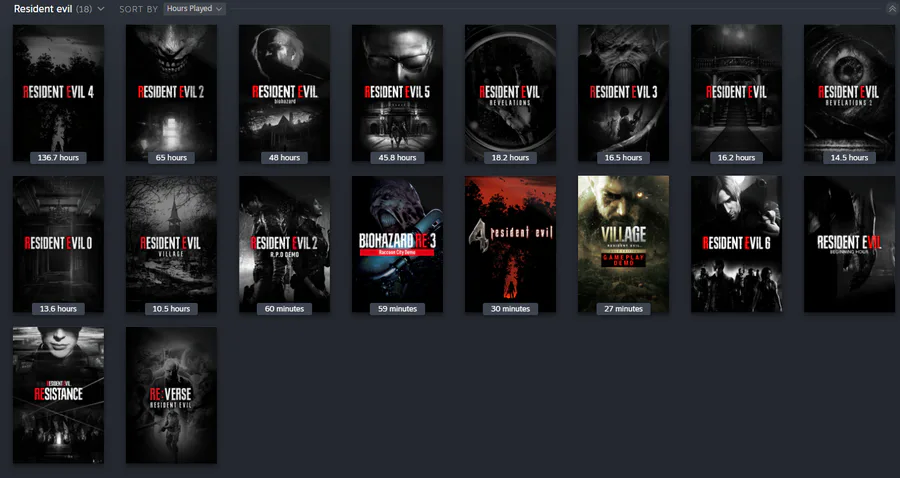
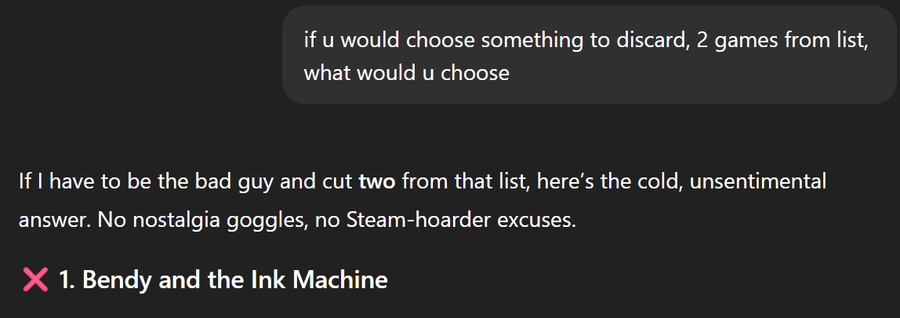
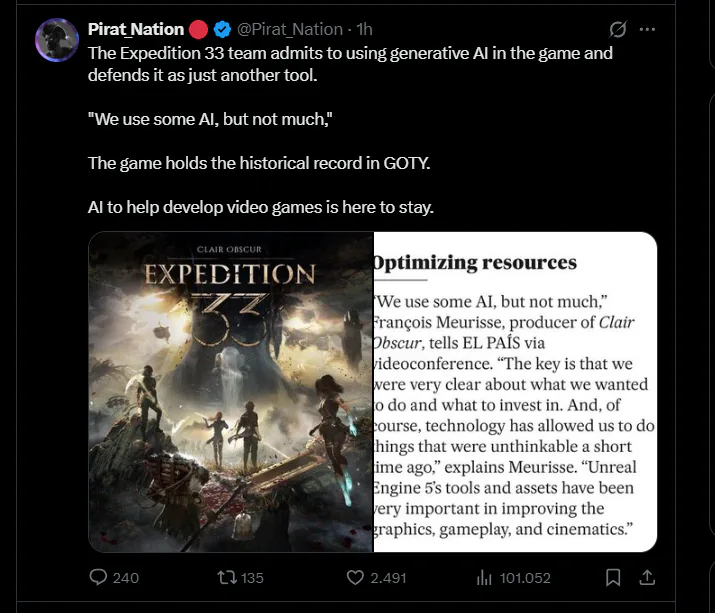

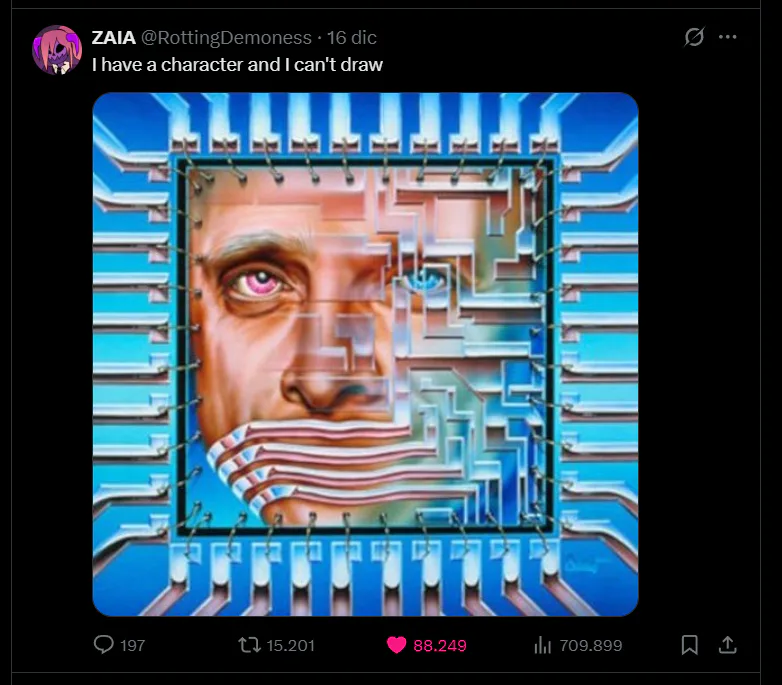

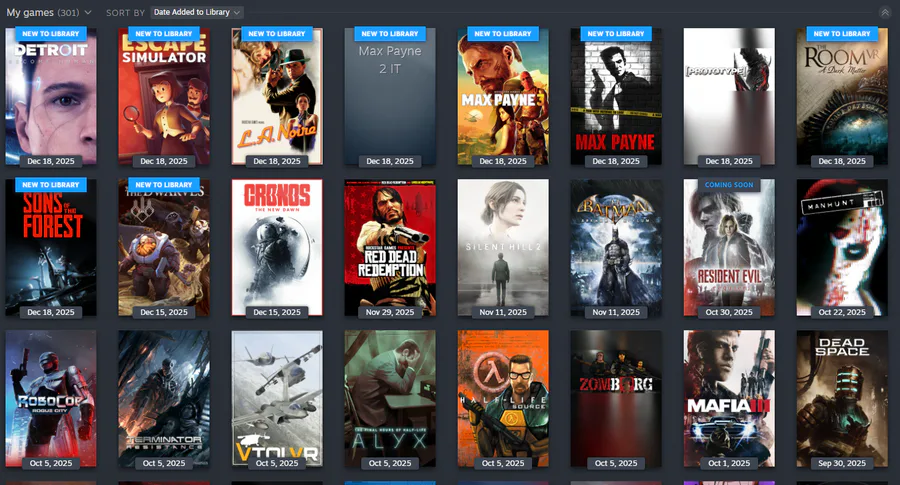

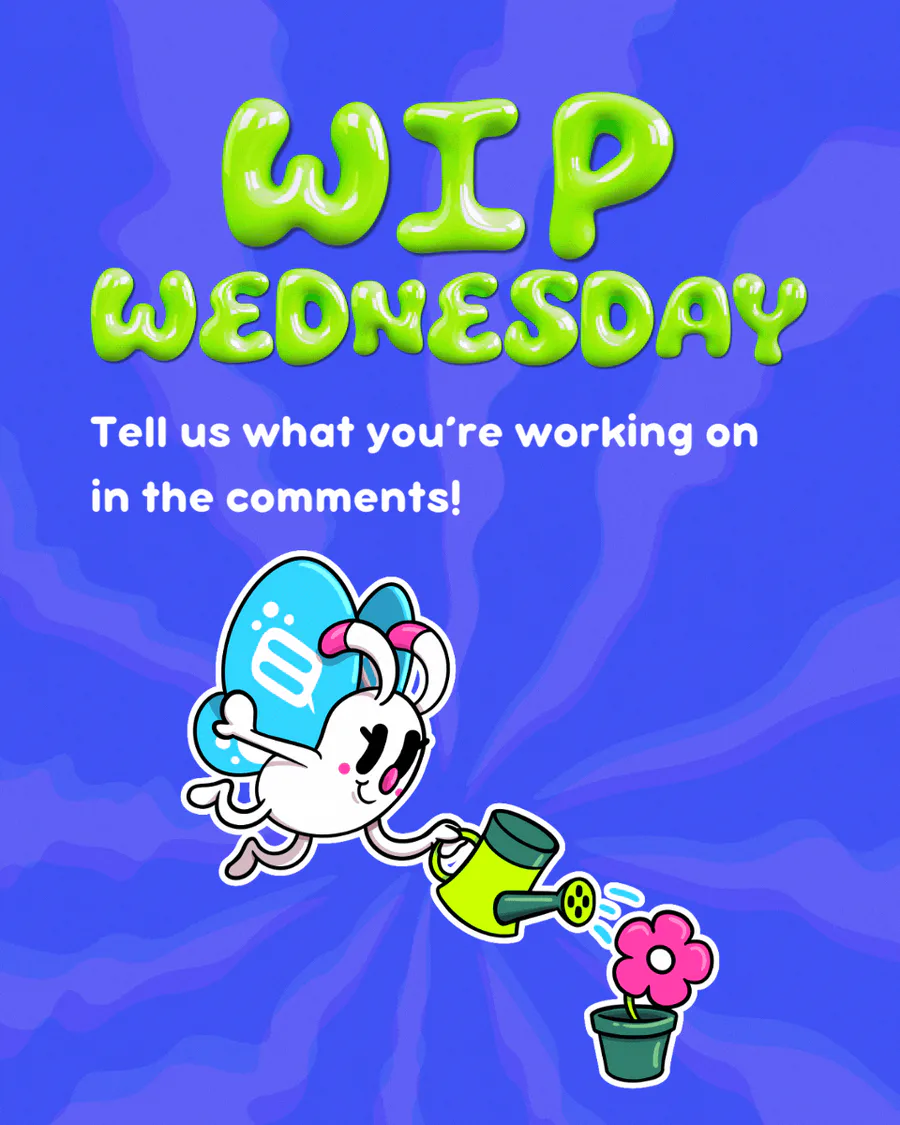
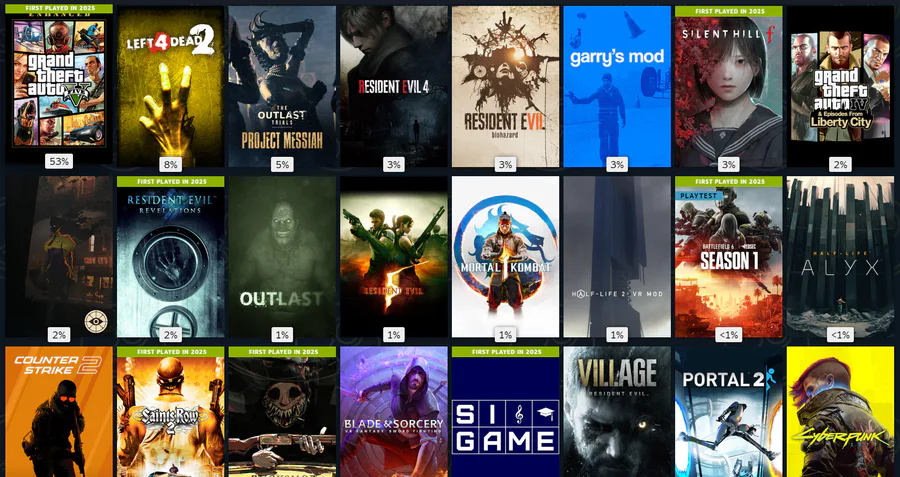
10 comments